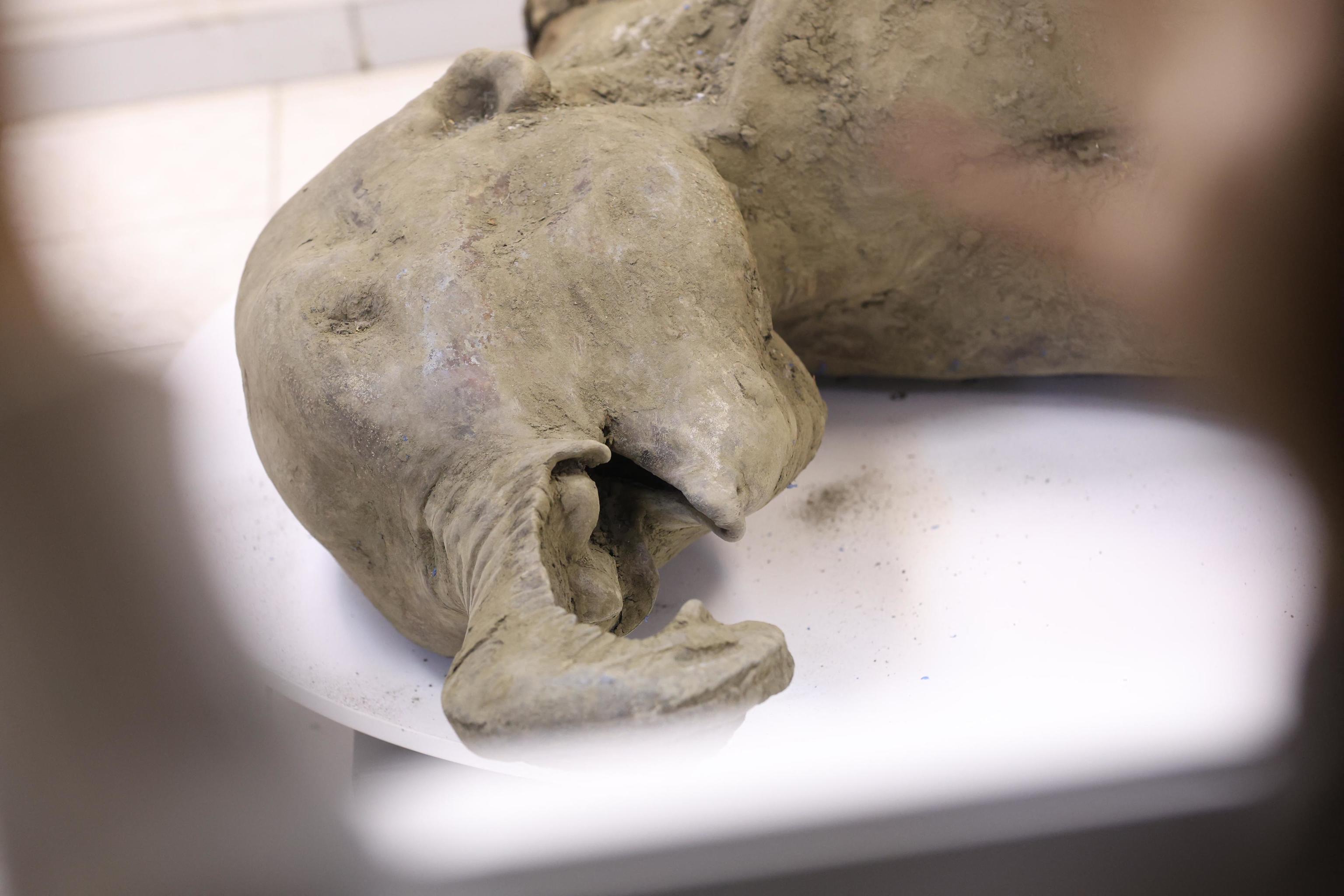The ice at the poles, due to its ability to preserve animal or plant remains, still hides numerous treasures for science. Researchers in Siberia are conducting tests on a young mammoth whose remains, remarkably well-preserved, were discovered in the thawing permafrost after over 50,000 years, reports Reuters.
The creature, resembling a small elephant with a trunk, was recovered from the Batagaika crater, a massive depression over 80 meters deep that is widening due to climate change.
The carcass, weighing over 110 kilograms, was brought to the surface on an improvised stretcher, said Maxim Cherpasov, director of the Lazarev Mammoth Museum Laboratory in the city of Yakutsk.
He said the mammoth was probably just over a year old when it died, but tests will allow scientists to confirm this more accurately. The fact that its head and trunk have survived is particularly unusual. "As a rule, the part that thaws first, especially the torso, is usually devoured by modern predators or birds. Here, for example, although the front limbs have already been eaten, the head is remarkably well-preserved," Cherpasov said.
This is the latest in a series of spectacular discoveries in Russian permafrost. Last month, scientists from the same vast northeastern region - known as Sakha or Yakutia - displayed the 32,000-year-old remains of a small saber-toothed cat cub, while earlier this year the corpse of a 44,000-year-old wolf was discovered.
